
Table of Contents
- What is a hydrosol?
- Difference from essential oils
- Methods of using hydrosols
- How to make hydrosols at home
- Top-5 hydrosols
- How to store hydrosols
- Soothing toner recipe
Many people associate aromatherapy exclusively with essential oils. However, aromatherapy is much more than that! We invite you to broaden your understanding and get acquainted with the world of hydrosols – gentle and delicate aromatic waters that can be just as effective for health, beauty, and emotional healing.
Hydrosols are used both in cosmetic products and as stand-alone aromatic agents. They are widely appreciated by wellness professionals such as nutritionists, herbalists, and even homeopaths. Most hydrosols are safe for young children, pregnant women, and breastfeeding mothers. Hydrosols can be used by professionals, everyday users, and even complete beginners in the world of aromatherapy.
If a hydrosol is of high quality, its range of applications is truly vast. And what’s most exciting – it can even be made at home, but more on that later.
In this article, we will explore:
- what a hydrosol is and how it is produced;
- the difference between hydrosols and essential oils;
- methods of using hydrosols;
- how to make hydrosols at home;
- a top-5 list of hydrosols;
- how to store hydrosols properly;
- a recipe for a soothing and cooling toner.
So, what is a real hydrosol?

A hydrosol is an aromatic water saturated with plant essence, formed during the distillation of plant material. Hydrosols can be made not only from herbs and flowers, but even from fruits and vegetables. Many believe hydrosol is simply a by-product of essential oil production, and while that’s partially true, it can also be a standalone product created without separating the essential oil or may contain no essential oil at all – as in the case of cucumber or nettle hydrosol.
Most often, hydrosols are made from aromatic and medicinal plants, fragrant flowers, and even resins. The word “hydrosol” comes from the French “hydrolait,” which translates to “water” and “milk.” These waters were once referred to as floral or aromatic waters. That’s also correct, but with the development of aromatherapy science, new terminology has emerged. To understand why the word “milk” is used, let’s look at the production process
Hydrosols are formed through the distillation of plant material, most commonly using steam distillation. Steam passes through the herbs or flowers and rises, then cools to form a condensate, which collects in a separate container. This water is what we call hydrosol. If aromatic plants are used, essential oil will usually float on the surface. The amount depends on the plant type and quantity. In the first few minutes, hours, or sometimes even days, this water may have a milky appearance – hence the term “hydrolait.” This lasts until all molecules blend and stabilize. Then, the hydrosol becomes fully clear, sometimes with a light herbal tint.
In English-speaking communities, hydrosols are often referred to as "hydrolats" or "hydrosols," both correct terms. Besides water, hydrosols contain water-soluble components specific to the plant material used, along with trace amounts of aromatic molecules.
Hydrosols are entirely different from essential oils

It is very important to understand that a hydrosol is not just water mixed with essential oils – it is a complete product in its own right. As mentioned earlier, a hydrosol may contain minimal essential oil, or none at all.
Hydrosols made from aromatic plants can sometimes share therapeutic properties with their essential oil counterparts – but not always. For example, peppermint tea and peppermint essential oil come from the same plant. Tea has a calming effect, while the oil is invigorating. Yet both positively impact the digestive system by easing spasms and improving digestion. Some properties overlap, while others differ completely. The same goes for hydrosols versus essential oils.
Hydrosols can be added to water in diffusers

This is especially suitable for newborns and sensitive adults. They are gentler, safer, and have almost no contraindications. Their scent is lighter and milder than that of concentrated essential oils and is more easily tolerated by the respiratory system.
Hydrosols are also ideal for adding to bathwater. They dissolve well and are gently absorbed by the body. You can use hydrosols as a facial toner, treat inflamed or irritated skin, prepare homemade creams or masks, make compresses or foot baths.
Genuine, high-quality hydrosols are not easy to find. Many store-bought versions are fakes or chemical mixtures of synthetic fragrances. Even with authentic hydrosols, large-scale production often treats them as by-products of essential oil distillation. Moreover, many commercial hydrosols contain preservatives to extend shelf life. We recommend looking for local, small-batch producers of essential oils and hydrosols. Or better yet – try making your own hydrosol at home.
More and more people today are becoming interested in aromatherapy and experimenting with making their own essential oils and hydrosols. Some enjoy the process, others like experimenting, and some want to know exactly how a product is made. In any case, by making hydrosols or essential oils yourself, you can be 100% sure of the product’s purity and quality. And while producing essential oils requires a large amount of plant material, making hydrosols is easier, more economical, and more accessible.
How to make a hydrosol at home?
You will need: special distillation equipment, clean high-quality water, dried or freshly cut plant material, some theoretical knowledge of the distillation process, time, motivation, and belief in your abilities.
Which hydrosols do we recommend paying attention to?

Here is a top 5 list of hydrosols that are suitable for everyone and easy to buy or make at home:
Lavender
If we had to choose one hydrosol for everyone, it would be lavender. Lavender is widely available, easy to grow in gardens, and commonly sold. Most importantly, lavender hydrosol has unique properties: it relaxes the nervous system and muscles, soothes the skin, relieves pain, itching, irritation, and redness. It can be used to treat minor burns and suits all skin types. It works well as a toner, both on its own or before applying cream. You can spray it on bedding to improve sleep quality. Add it to bathwater for babies or adults alike.
Peppermint
Peppermint is easy to grow in a garden or windowsill, or to buy as tea or fresh leaves. It’s the best summer hydrosol – refreshing, invigorating, and brings a feeling of lightness and comfort. It helps with nausea and motion sickness in cars, planes, or boats. One spray of peppermint hydrosol on the face in the morning boosts energy. Mixing peppermint and lavender hydrosols makes an excellent soothing and cooling after-sun skin spray.
Chamomile
Specifically, we refer to German or Roman chamomile, easily found in pharmacies or stores. Chamomile has a gentle aroma and soothes both the skin and the nervous system. It helps with digestive issues and is suitable for all skin types, especially for acne or irritation. It has antiseptic properties and can be applied to small cuts.
Rose
A universally loved hydrosol with a beautiful scent, often used in cosmetics. Ideal for all skin types, especially sensitive, dry, or mature skin. Rose hydrosol is commonly added to creams or used as a toner. Babies and toddlers love it. It gently calms the nervous system and balances mood. Usually made from Damask rose, but petals from tea roses and other edible or garden roses also work well.
Rosemary
More than just a kitchen spice, rosemary is a powerful aromatic and medicinal herb. Rosemary hydrosol stimulates the brain, energizes mornings, and supports focus during work or study. It boosts blood circulation, making it ideal for hair rinses to reduce hair loss and promote growth. It also supports the respiratory system and can be combined with peppermint and lavender, sprayed in the room, or added to a diffuser to ease the onset of colds, hay fever, or simply to improve breathing.
How to store hydrosols properly
Hydrosols inspire not only through the power of nature but also through modern scientific research. There’s so much more to say about them, but we recommend experiencing their incredible effects for yourself. At the same time, it's essential to know how to store hydrosols properly so their therapeutic properties last as long as possible.
Depending on the plant material used, each hydrosol has a different shelf life. Some last over two years, while others may spoil within a few months. It all depends on the chemical composition and storage conditions. While most essential oils store well in a dark, cool, dry place, hydrosols should ideally be kept in the refrigerator. If the aroma, color, or consistency of a hydrosol changes over time, we do not recommend using it anymore.
Hydrosols open up many fascinating opportunities in aromatherapy, and their practical use in daily life can become a real discovery for anyone.
And finally, we’d like to share a recipe

And finally, we’d like to share a recipe for a toner made from lavender hydrosol and natural aloe vera gel. It’s easy and quick to make and instantly soothes and moisturizes the skin after sun exposure during warm summer days. It can also relieve pain and irritation from minor household burns at any time of the year.
Ingredients:
- 90 ml Lavender Hydrosol
- 10 ml (about 2 tsp) Natural Aloe Vera Gel
You’ll also need a dark plastic spray bottle, a clean dry mixing container (like a glass or bowl), and a wooden or glass stir stick (a small plastic whisk also works).
Preparation:
Thoroughly mix the ingredients and pour into the spray bottle. Shake before use. Store in the refrigerator.

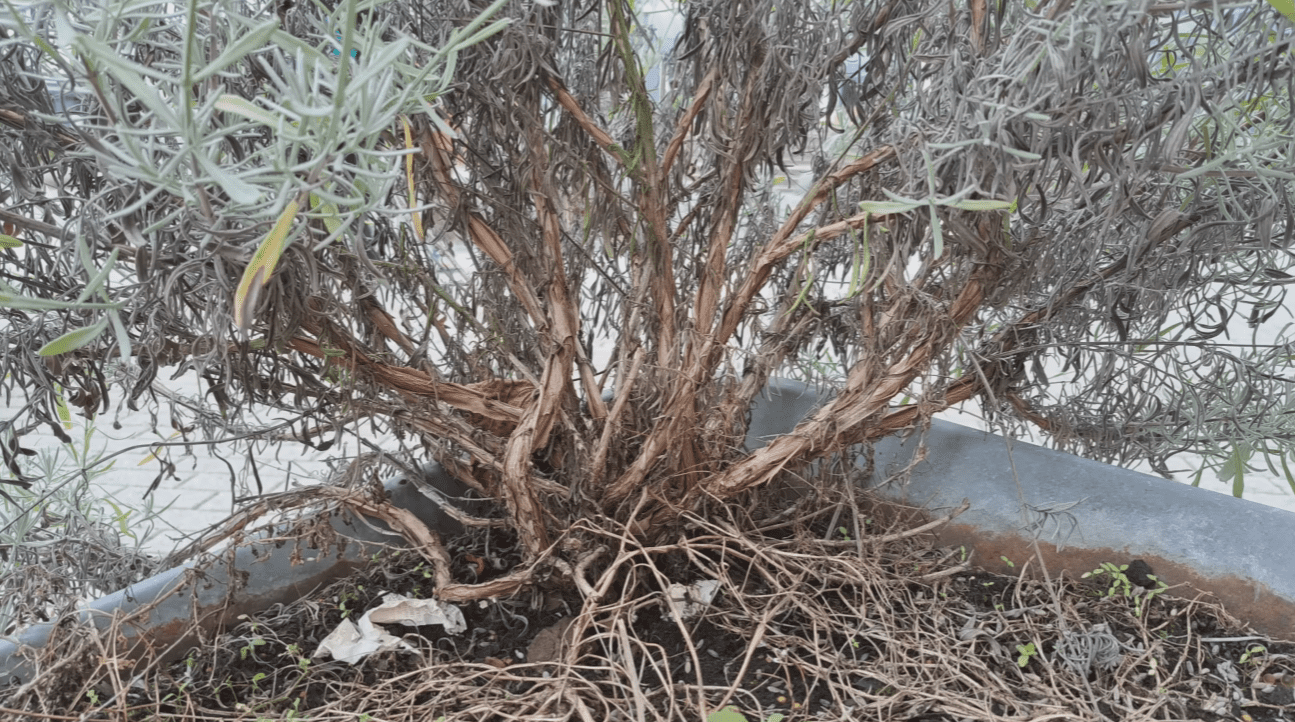
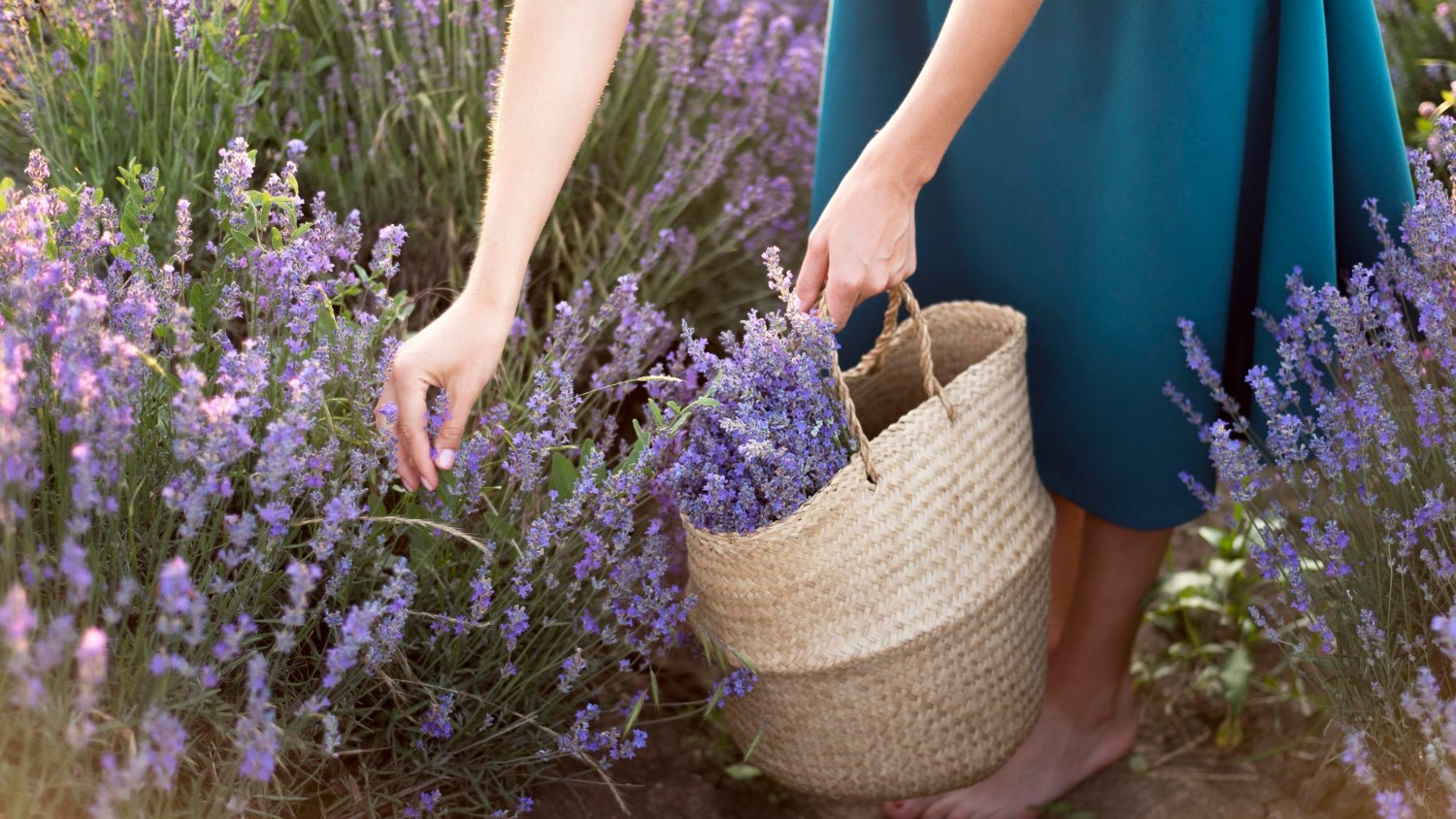
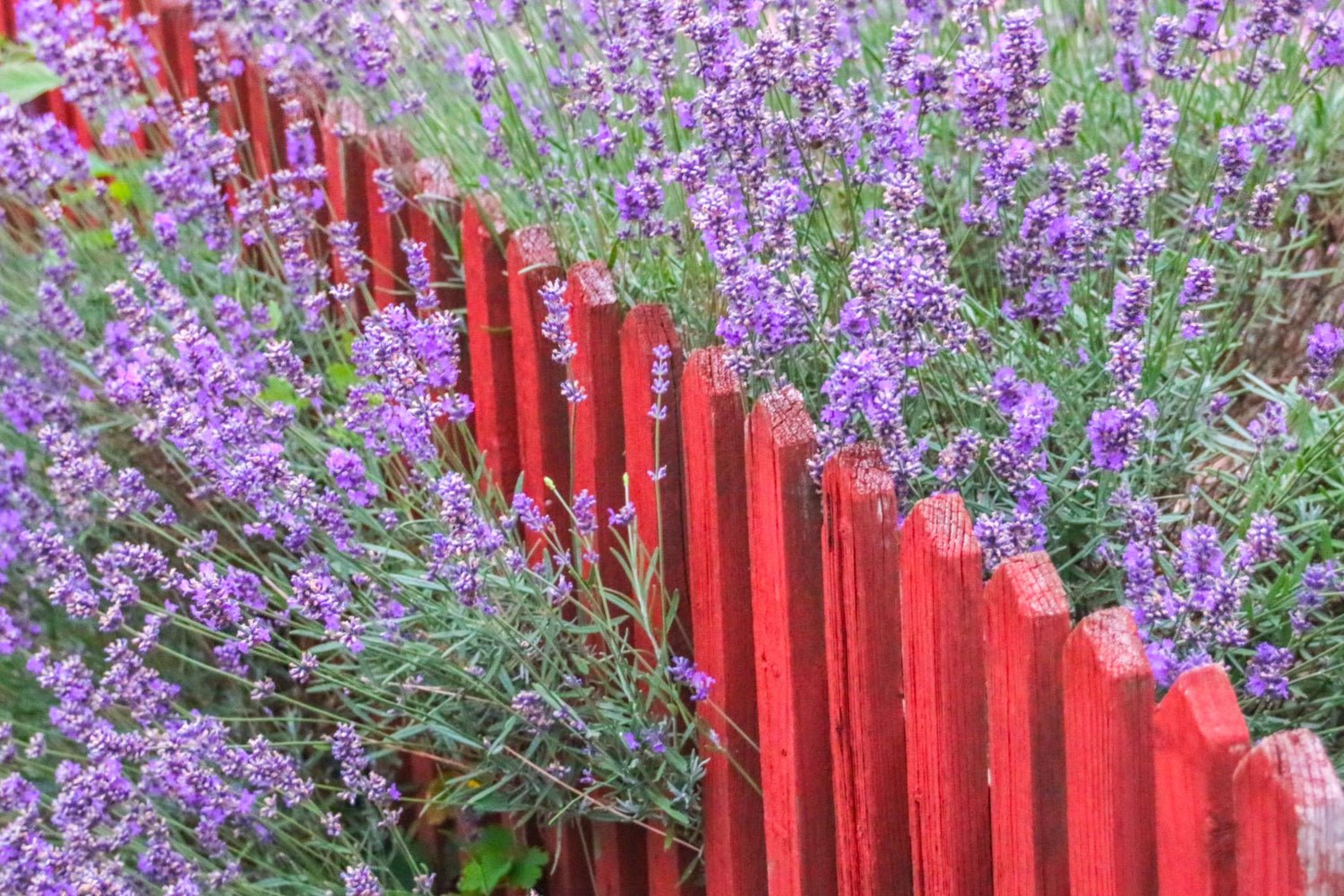
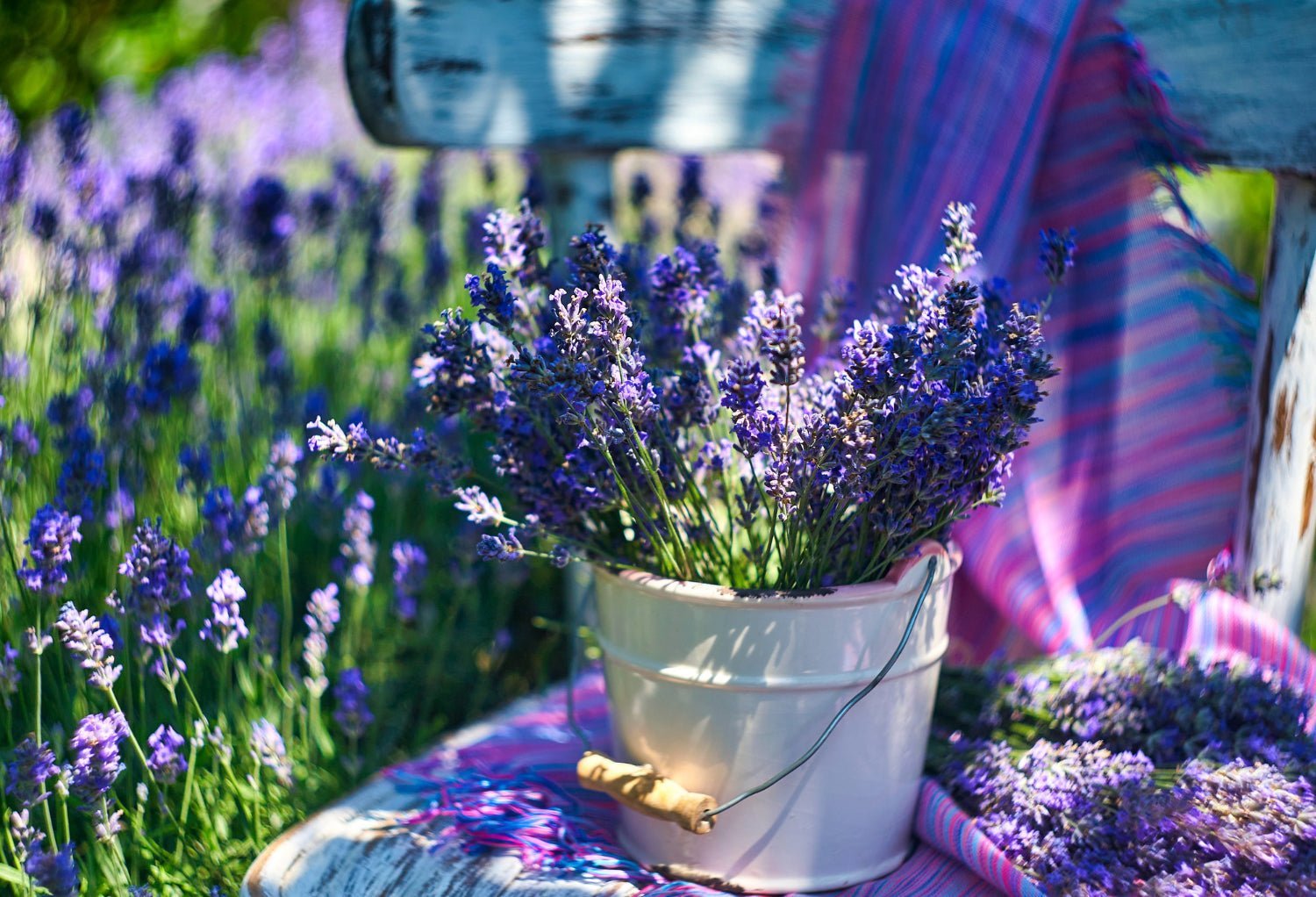
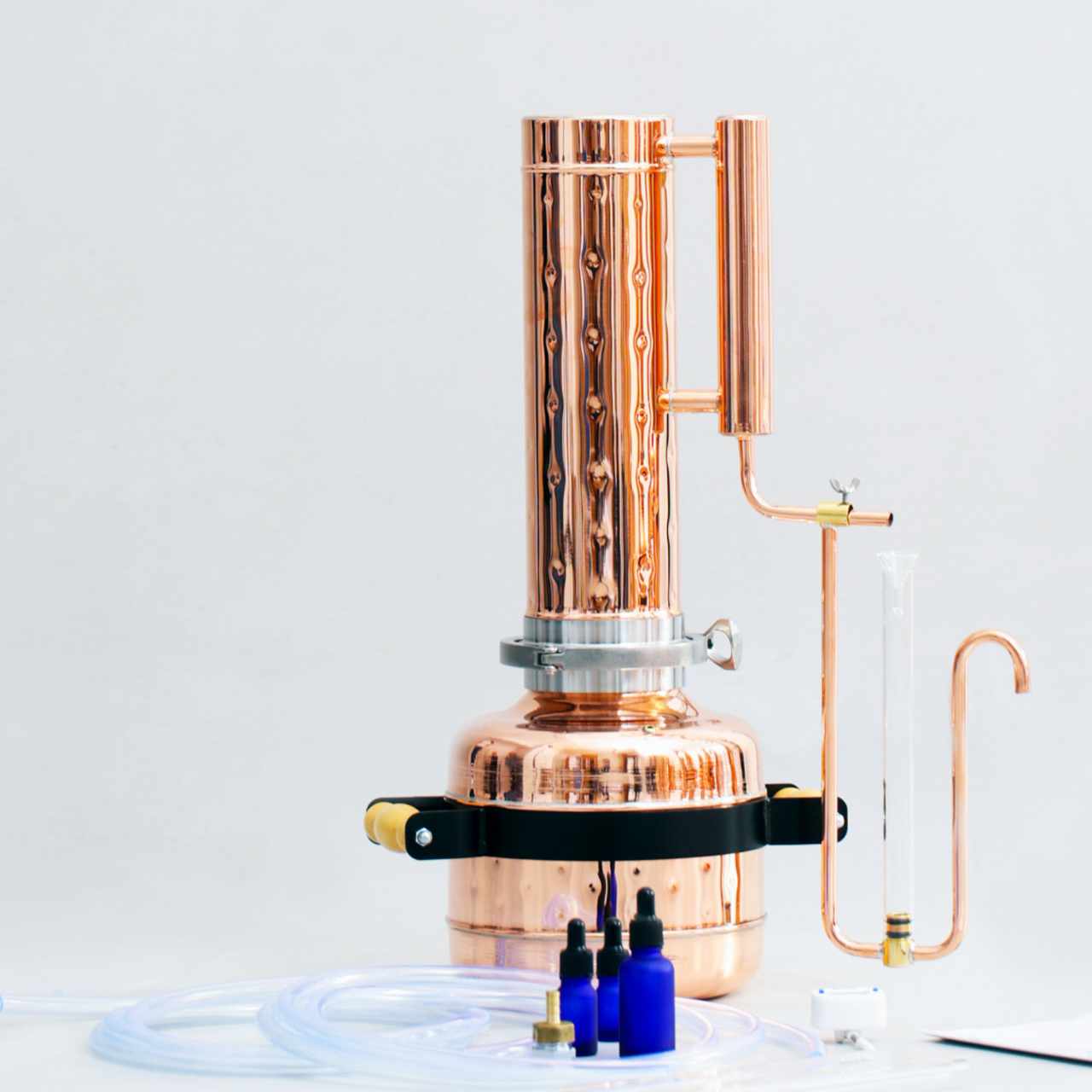
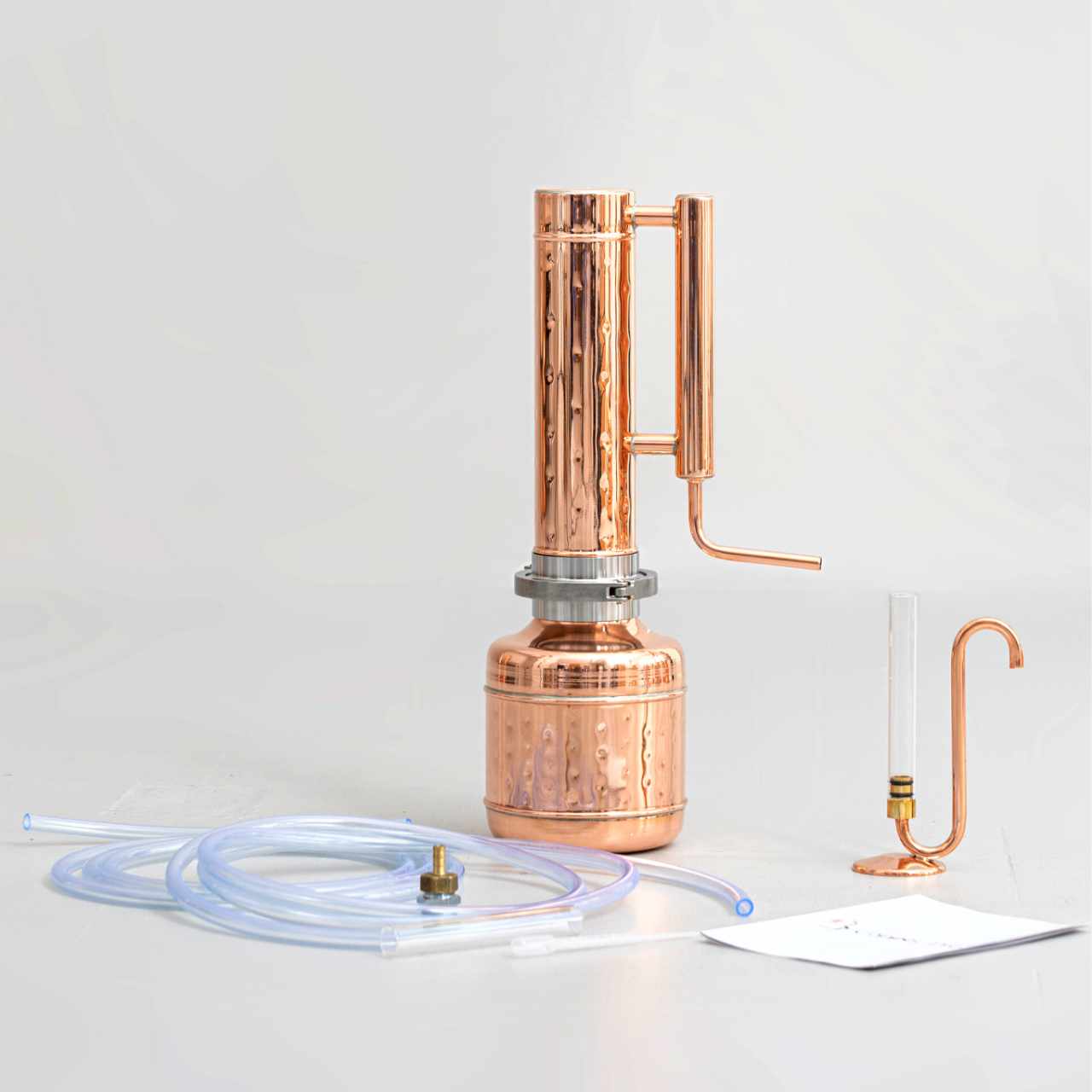
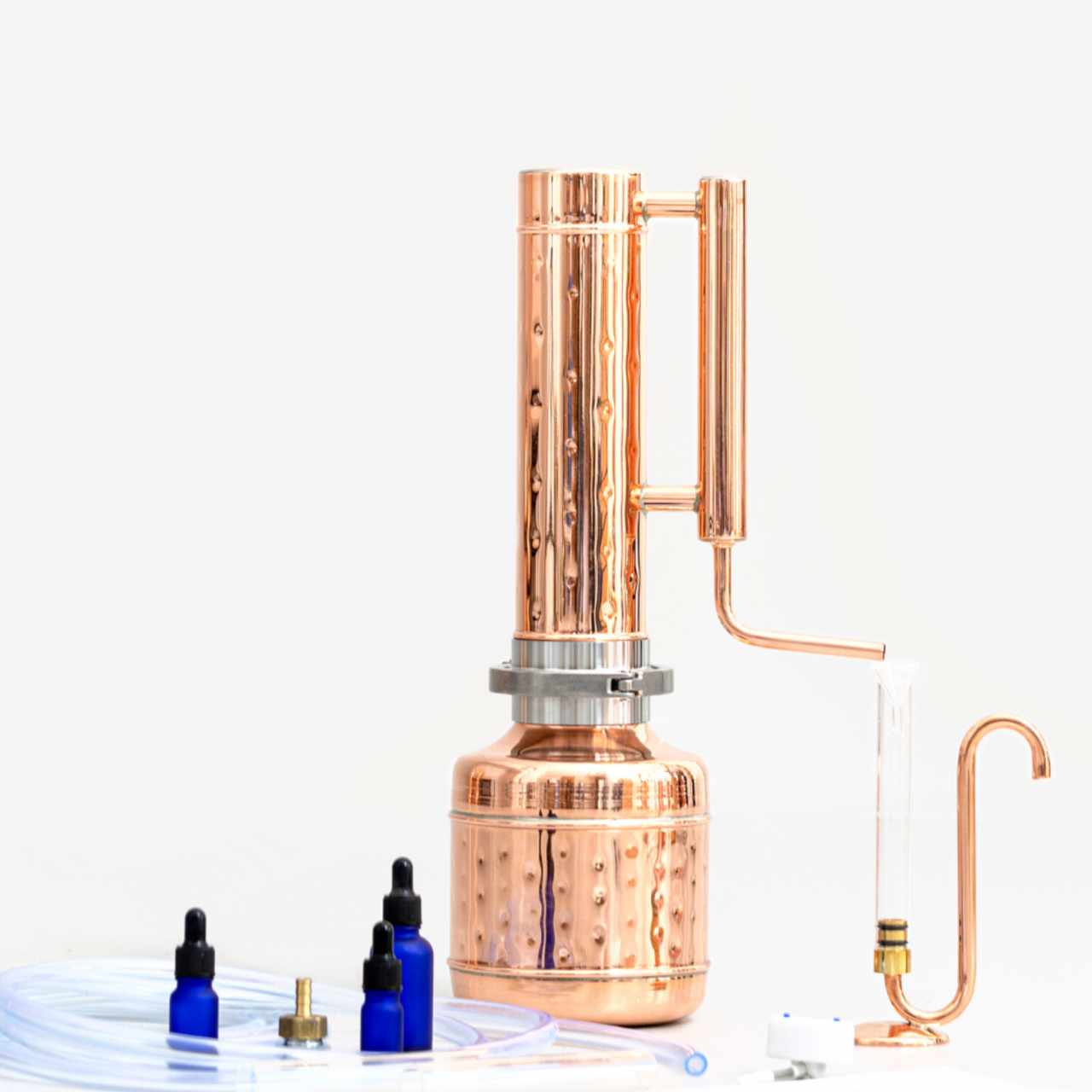
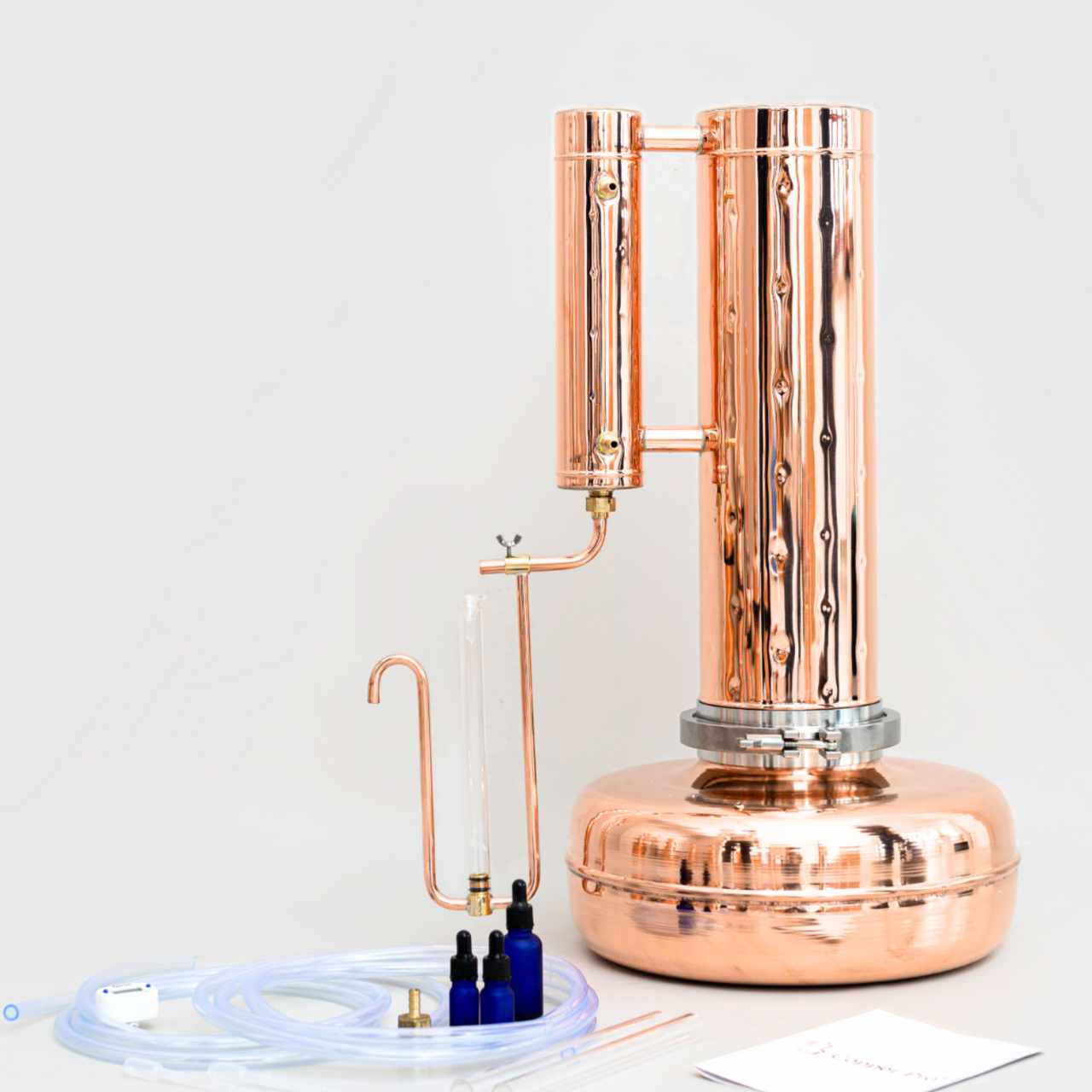
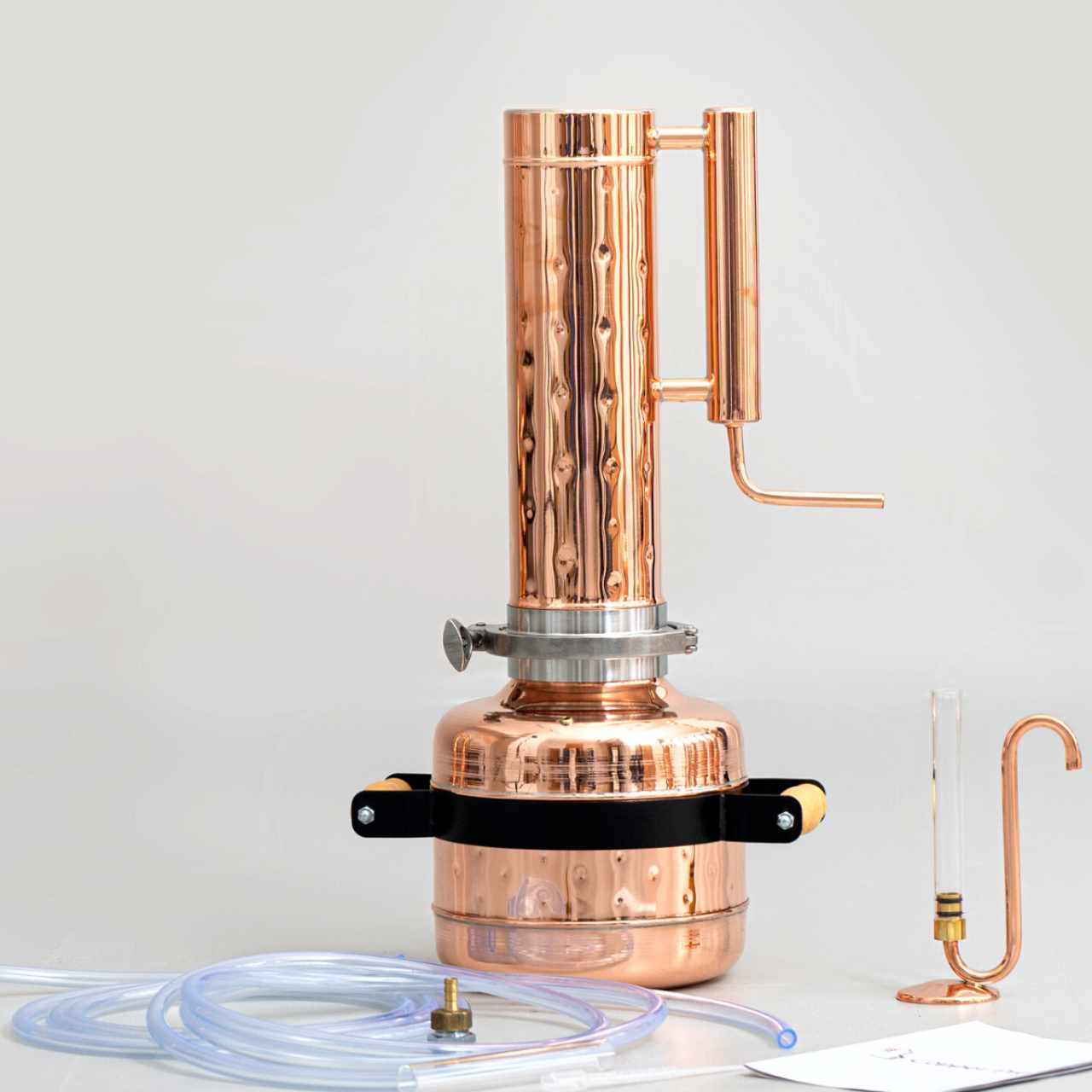
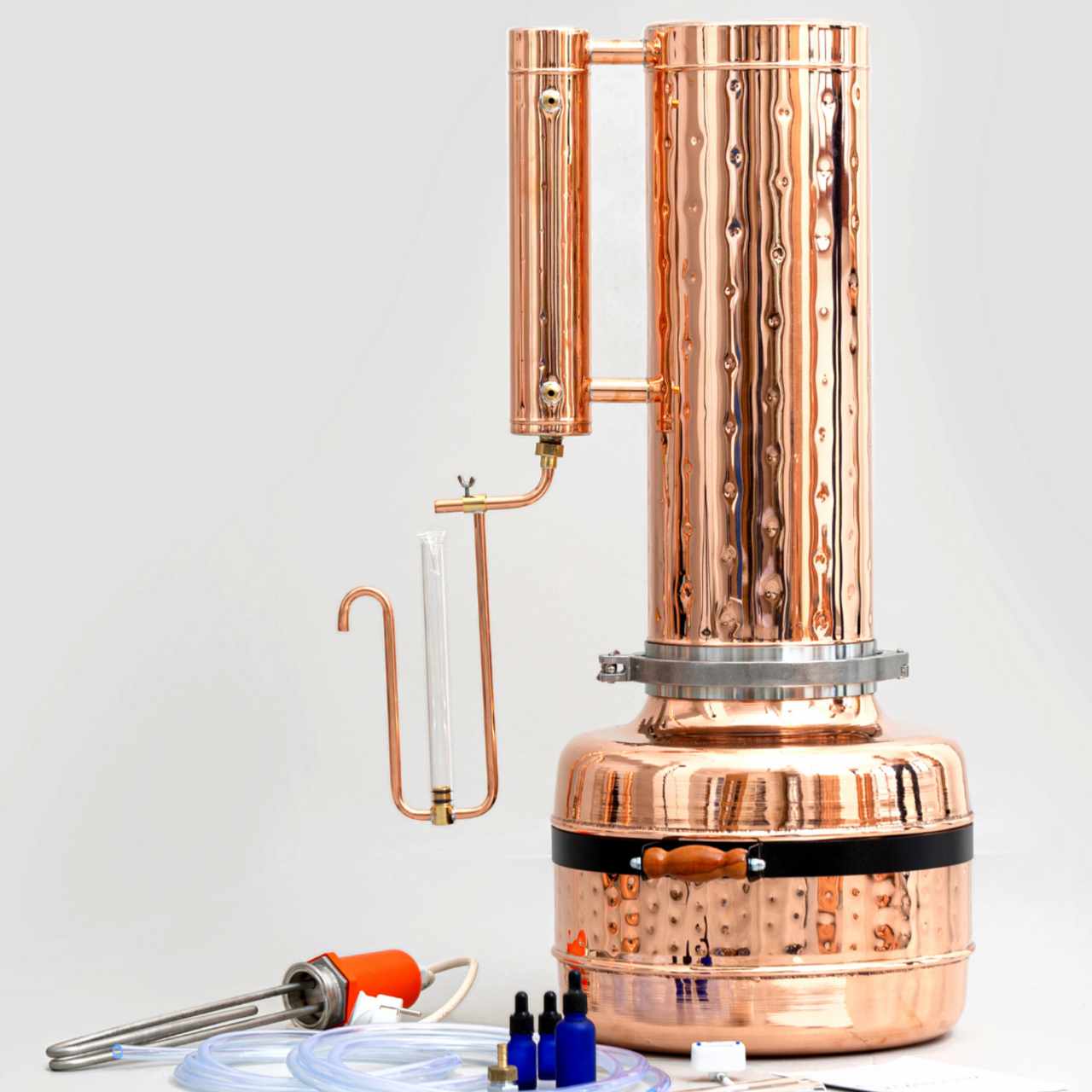
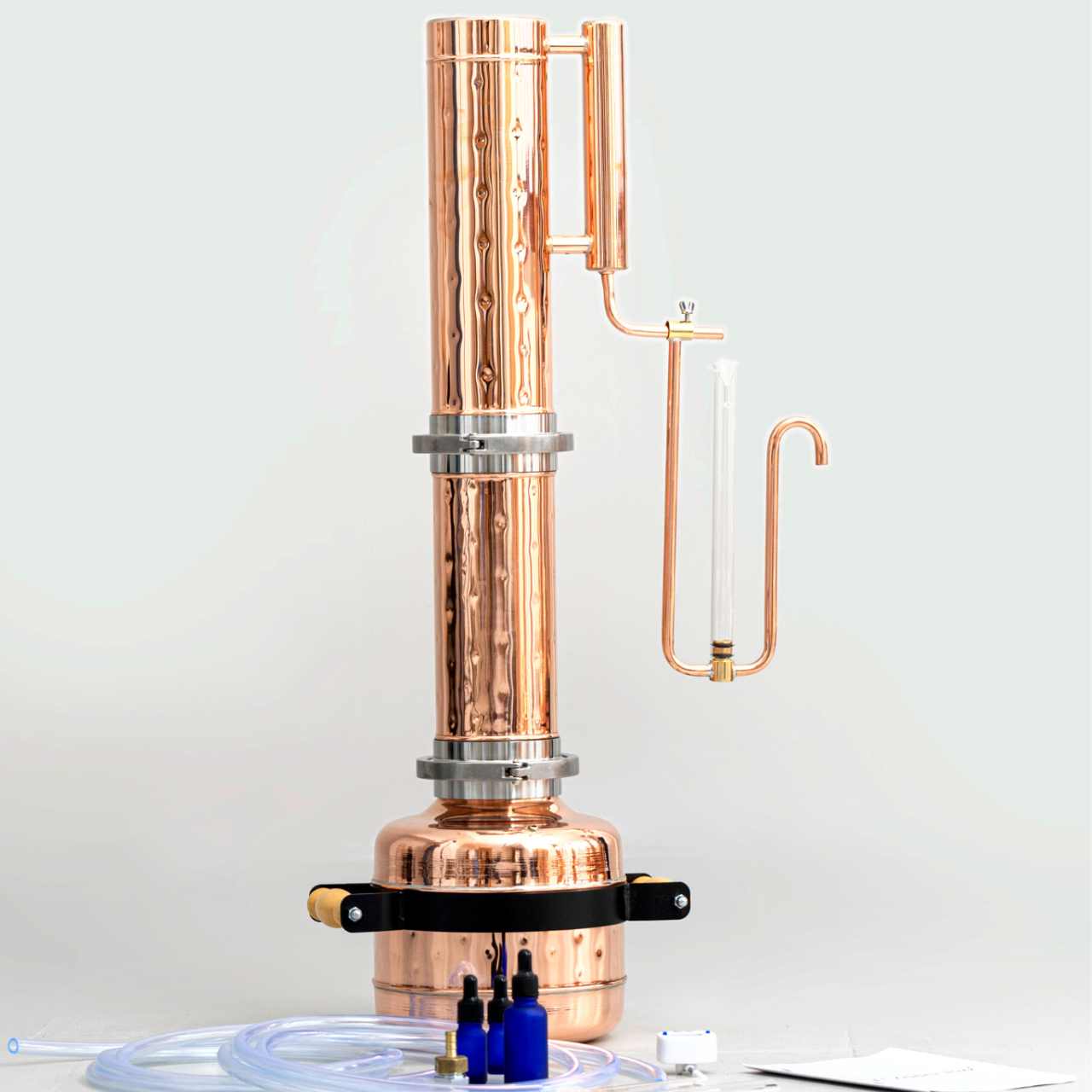
![Essential oil extractor 0.53G (2L) - [Premium Kit] - Copper Pro](http://copper-pro.com/cdn/shop/files/essential-oil-extractor-053g-2l-premium-kit-127057.jpg?crop=center&height=1280&v=1740390471&width=1280)
Comments (0)
Back to Blog Posts